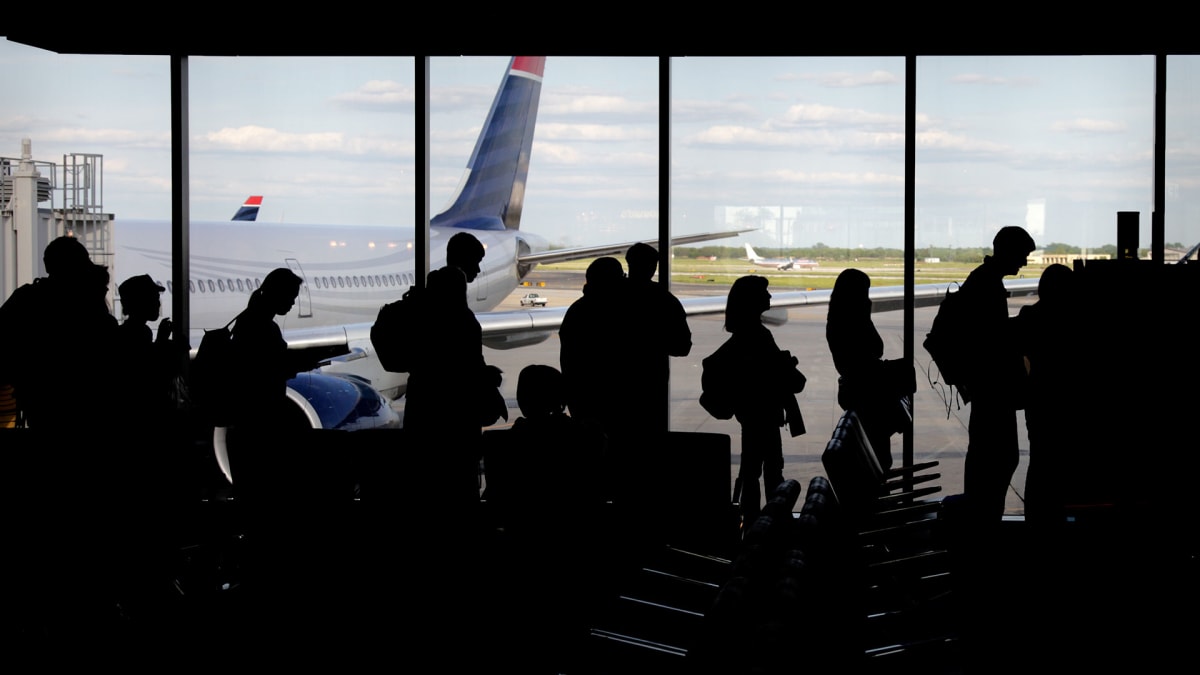
In what seems like a simple solution to a big problem, the Federal Aviation Administration unveiled a new plan to ease congestion along the East Coast corridor ahead of the busy summer travel season.
The FAA says it has activated 169 new, more direct routes across the most populous part of the country, while also sunsetting less efficient legacy routes that were charted when aircraft largely relied on ground-based radar (instead of GPS) for navigation, limiting the directness of those routes.
DON'T MISS: FAA Wants Safety Inspections For This Scary Airplane Malfunction
"These significant improvements to our national airspace system are just in time for summer and will help travelers get to their destinations more efficiently," said Tim Arel, chief operating officer of the FAA’s Air Traffic Organization.
"The new routes will reduce complexity and redistribute volume across all available airspace. I’m proud of the FAA and industry’s strong collaboration on this project to get it done."
The new shorter routes are expected to reduce travel time annually by 6,000 minutes and shave off 40,000 miles in distance.
The new routes will primarily operate above 18,000 feet in altitude along the East Coast, as well as offshore over the Atlantic and the Gulf of Mexico.
The government agency says that that it worked collaboratively with the airline industry for over seven years to develop the new routes, which they call "high-altitude highways in the sky."







